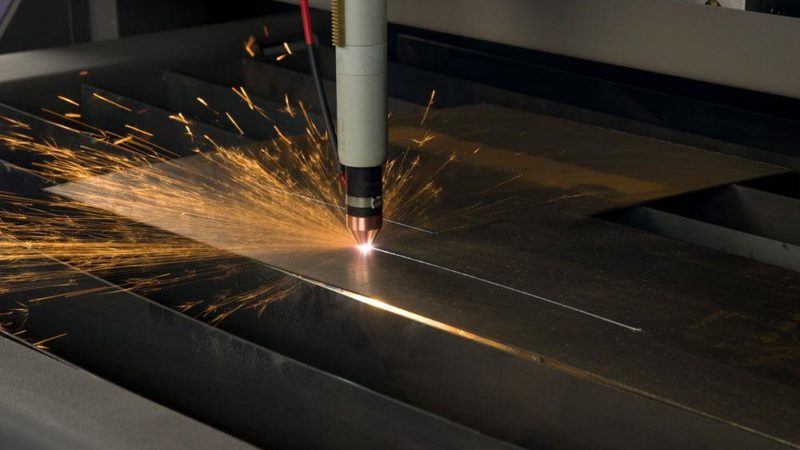The precision of a plasma is getting close to perfect with its regular use, prevention, and knowledge of how to maintain it. Without the proper knowledge, plasma can deliver rough and unclear cuts, which bother you later. Many things can cause problems in the even cutting procedure of plasma. This may even put the lifelong use of plasma at stake. So, in order to protect plasma torch consumables life expectancy, we have put together the list of common things that you can look for if you’re having problems, or if you want to make sure you are getting the most from your plasma torch.
- Low cooling flow
Electrode generally emits lots of power which enforce it to generate lots of heat. However, to balance the heat to the normal temperature, there’s a need for coolant flow. In case, there isn’t plenty of cooling flow to carry away the heat, the electrode will itself quickly heat up and failed drastically. This will usually mean replacing the electrode, nozzle, gas baffle and several other parts that got damaged due to the lack of cooling fluid flow.
- Low Gas Flow
The gas of the best plasma cutter doesn’t only constrict the arc as it reaches to the nozzle orifice, but also cool down the nozzle. Also, the thin boundary layer of cool gas keeps the nozzle from melting rapidly. Therefore, if there is a lack of enough gas flow then the inside of the nozzle will start heating up quickly and will melt. Unfortunately, this may cause premature failure.
- Crashing of the plasma torch
Incidence may happen. It may usually happen a lot of time, especially the time when the plasma torch is cutting the metal. When the plate pops up, a part is tipped up on the top of the plate, the plasma torch can run into these obstructions and cause the torch slightly to crash. Whereas the CNC machine has certain advanced features that automatically shut down the arc when the torch crashes. Sometimes, it becomes too late to avoid damage. Above that, the moment nozzle came into the contact with the plate while cutting, it may create double-arcing or to the worse cause damage to the orifice.
- Incorrect cutting parameters
Plasma cutting on advanced CNC plasma cutting requires a lot of setting parameters, including cutting speed, cutting average, gas pressure, gas flow rates gas pressure, and many other things. To simplify these parameters, most systems operate based on a database built into the CNC that permit the operator to set the plasma torch cutting parameter for fine, polish and even metal pieces. But what if you set the wrong cutting parameters for electrode and nozzle into the torch? You know the ‘incidence’ may happen which can cause the torch to crash again.
- Setting of wrong consumables
Likewise, you might set the correct parameters for the metal you are going to cut, but mistakenly put the wrong nozzle in the plasma torch. This might prove to be a blunder which can shrink the life expectancy of your plasma torch.
- Incorrect Current Setting
These days most automated systems will set the plasma cutting current automatically. But if you have a manual system where the operator has to set the current by hand, setting the wrong current can take out a nozzle in a heartbeat. Setting an inappropriate current can take out a spout instantly. Putting 600 Amps through a 200 Amp spout simply doesn’t work.
Giving a thorough consideration to these 6 evil factors you can bless your industry’s plasma cutter and torch life for an indefinite period.













